Eating raw food poses serious health risks, and this is why we spend hundreds of dollars on just cooking equipment in the first place. To save yourself from potential dangers, here are some foods you shouldn’t just avoid raw but even when undercooked.
Chicken

According to the CDC, “when cooked, chicken can be a nutritious choice, but raw chicken can be contaminated with Campylobacter, Salmonella, or Clostridium perfringens germs.” You’ll eventually have to deal with food poisoning, with symptoms like diarrhea, fever, and abdominal cramps. There’s no upside to eating raw chicken since it’s even tastier when cooked properly.
Eggs

We start with undercooked eggs. This food puts you at risk of being infected with Salmonella, a bacteria known to cause diarrhea, fever, cramps, and vomiting. Yes, many people consume raw eggs because of the protein benefits, but one in 20,000 eggs contains this bacteria, so we hope you don’t end up being the unlucky one.
Potatoes

Raw potatoes expose you to digestive issues and contain antinutrients and other harmful compounds. More specifically, they contain chemicals like solanine and lectins that are difficult to digest and associated with issues like nausea, headaches, and confusion. Green spots on potatoes indicate higher solanine levels, so you should avoid them even after cooking.
Apple Seeds
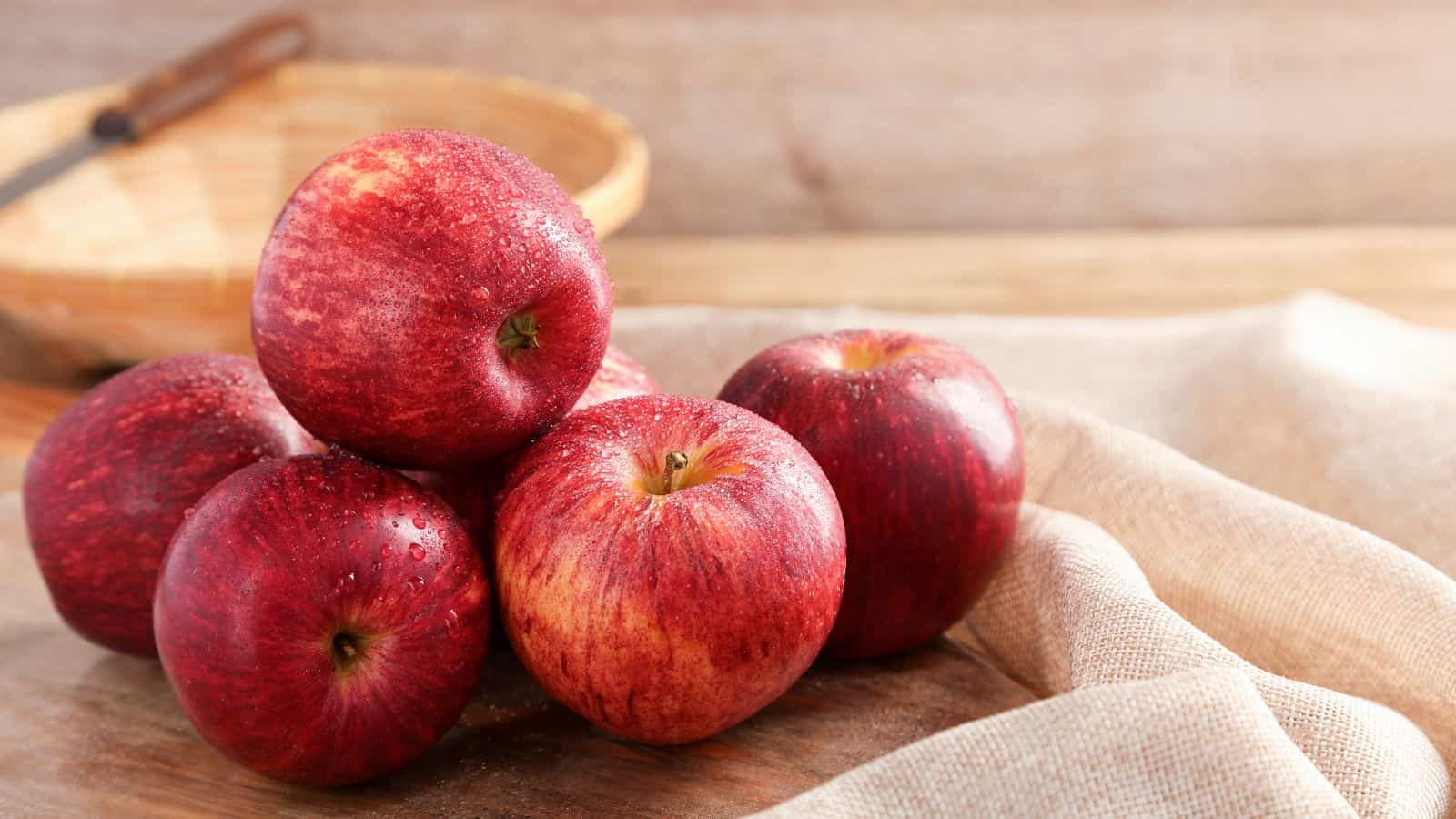
Apple seeds contain amygdalin, which degenerates into the highly lethal hydrogen cyanide when in the digestive system. While eating a few seeds may not be harmful, consuming large quantities can be dangerous, leading to symptoms like dizziness, headaches, and, in some cases, death. It’s best to discard them to prevent any risk.
Red Kidney Beans
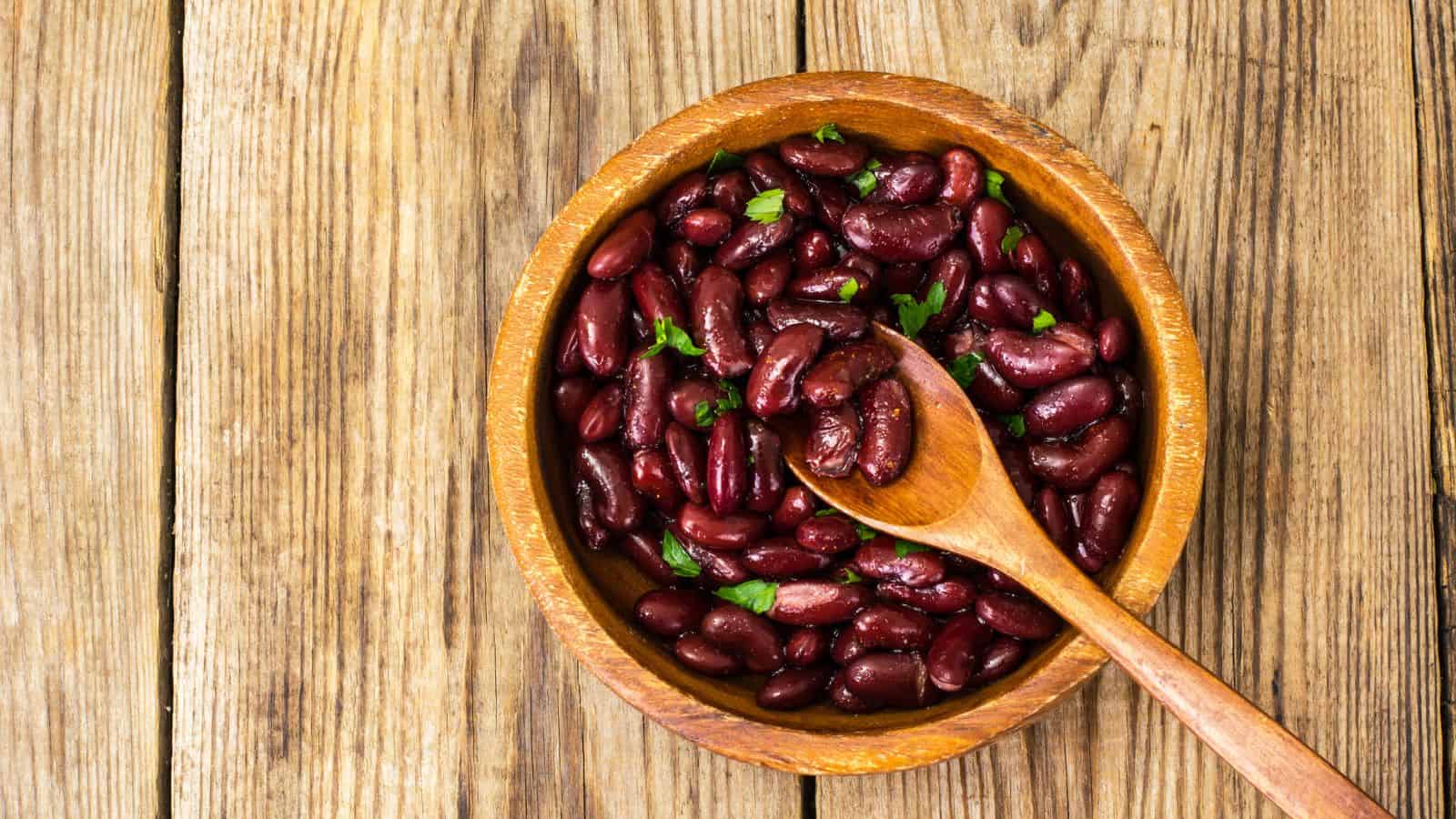
Raw red kidney beans have high levels of phytohaemagglutinin, a toxin that can cause severe digestive distress, including vomiting and diarrhea. Never consume raw or undercooked kidney beans; ensure they are cooked for at least 10 minutes. Properly soaking and boiling kidney beans reduces this toxin to safe levels.
Milk

Raw milk can contain harmful bacteria such as Salmonella, E. coli, Listeria, and Campylobacter. These bacteria can lead to food poisoning, with serious symptoms like fever, muscle aches, and gastrointestinal distress. Pasteurization kills these bacteria, making milk safe to drink, so you should always choose pasteurized milk, especially for children and the elderly.
Cassava

Cassava, also known as yuca, contains cyanogenic glycosides, which can produce cyanide when eaten raw. This can lead to cyanide poisoning with symptoms like dizziness, headaches, and even, in severe cases, death. Properly soaking and cooking cassava removes these toxic compounds and makes it safe to eat.
Pork

Eating raw pork can expose you to parasites like Trichinella spiralis, which causes trichinosis, a serious illness with symptoms such as muscle pain, fever, and swelling around the eyes. Cooking pork to the recommended internal temperature kills these parasites and makes the meat safe to eat. If you are worried, you can use a meat thermometer for accuracy.
Wild Mushrooms
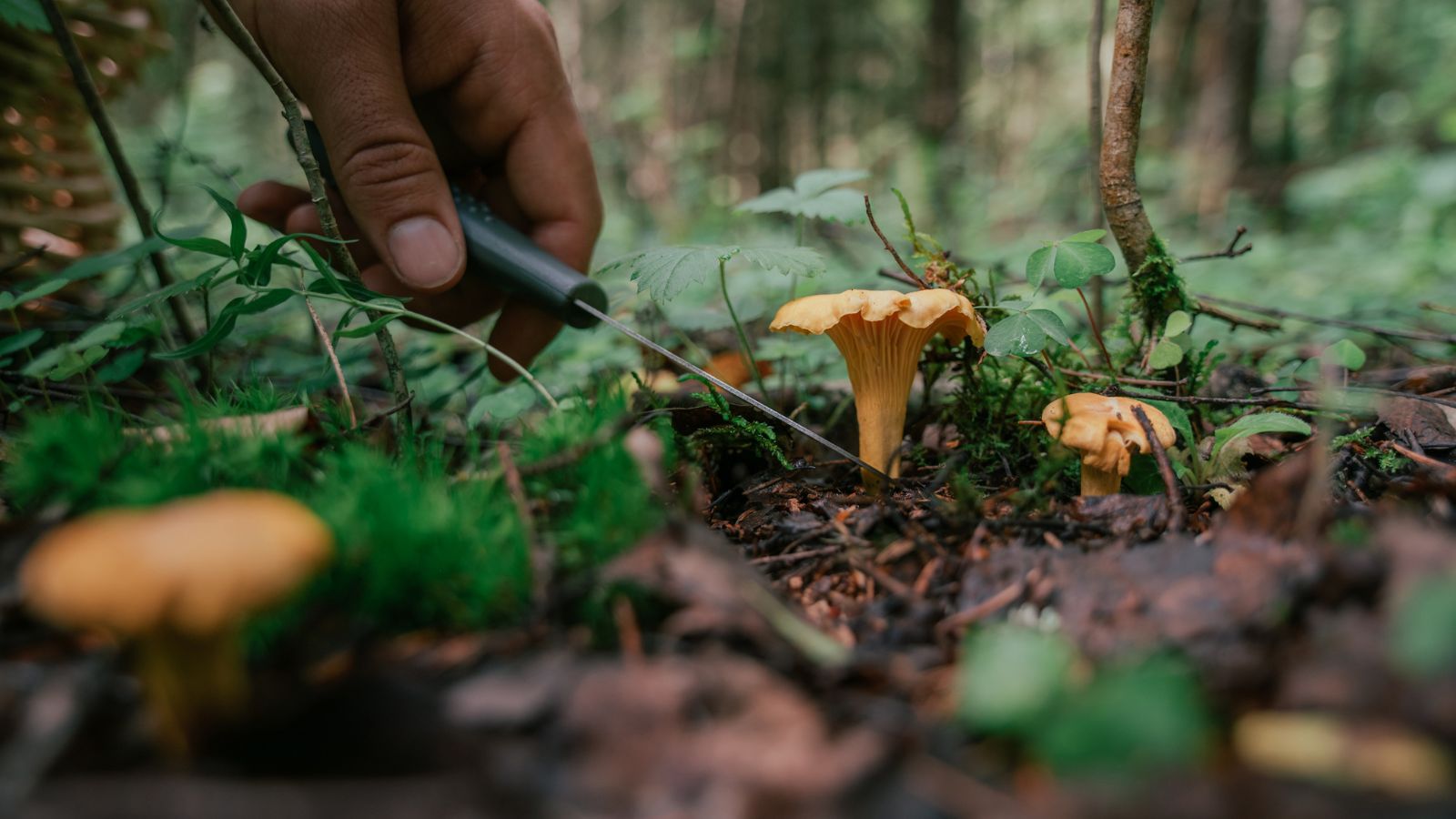
Many wild mushrooms are toxic if consumed raw and can cause severe health issues, including gastrointestinal distress and organ failure. Cooking can reduce or eliminate these toxins, but it’s important to identify and prepare them correctly. Only consume wild mushrooms if you’re sure they’re safe and properly cooked, using reliable foraging guides for reference.
Flour
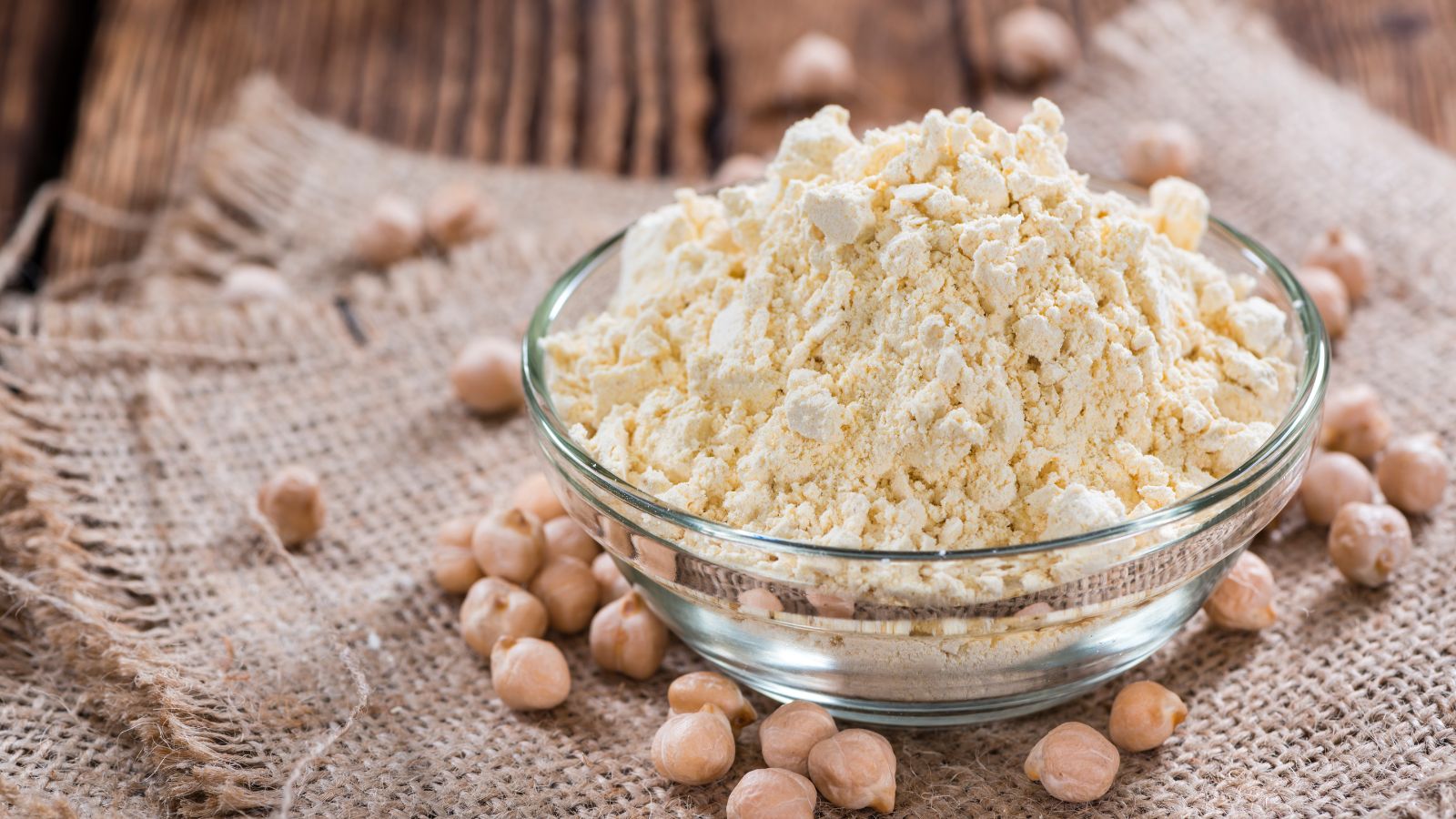
Avoid eating raw dough or batter to prevent foodborne illness as well. Raw flour can be contaminated with harmful bacteria like E. coli, which can cause severe foodborne illness. Symptoms include bloody diarrhea and kidney failure. Bacteria can survive in flour until cooked, so it’s essential to bake or cook any products containing raw flour.
Rhubarb Leaves
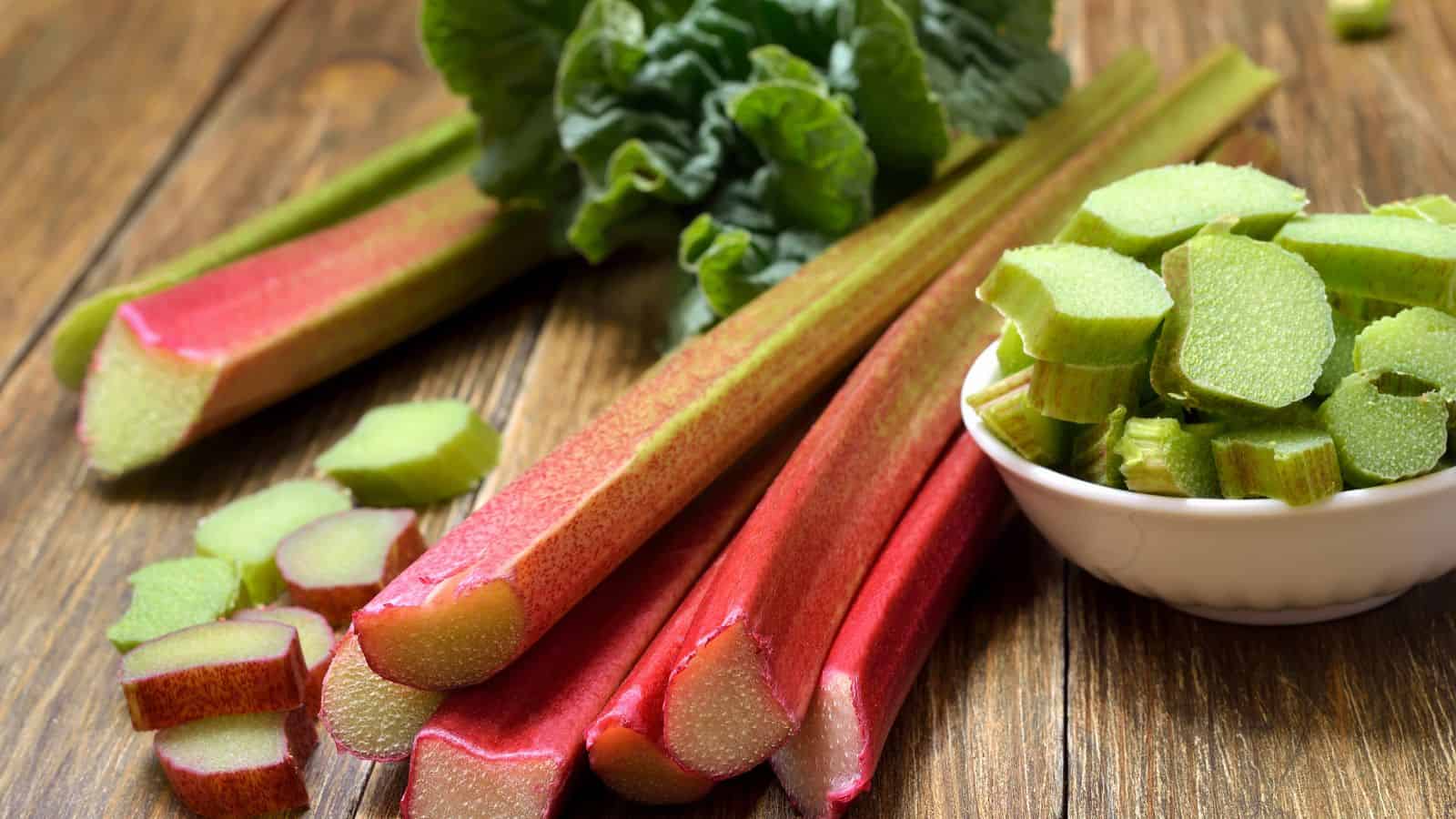
Rhubarb stalks are safe to eat, but the leaves contain oxalic acid, which can cause kidney stones and other health problems like difficulty breathing. Cooking does not remove oxalic acid, so it’s crucial to discard rhubarb leaves and only consume the stalks. Avoid any contact with the leaves during preparation.
Sprouts

Raw sprouts can harbor bacteria such as salmonella, E. coli, and listeria, which thrive in warm, humid growing conditions, causing foodborne illness with symptoms like diarrhea and fever. Always wash and cook sprouts thoroughly, significantly reducing the risk of bacterial contamination and making them safe to eat.
Elderberries

Raw elderberries and their seeds contain cyanogenic glycosides, which can produce cyanide in the body. This can lead to nausea, vomiting, and even coma if consumed in large quantities. Cooking elderberries destroys these harmful compounds, making them safe to use in recipes like jams and syrups. Always strain the seeds after cooking, too.
Bamboo Shoots

Raw bamboo shoots contain cyanogenic glycosides, which can produce cyanide when ingested. As mentioned, some of the symptoms of cyanide poisoning include difficulty breathing and seizures. Simply cooking bamboo shoots helps you break down these toxic compounds and make them safe to eat.
Fiddlehead Ferns

Raw fiddlehead ferns can contain toxins that cause foodborne illnesses, including nausea, vomiting, and diarrhea—these symptoms also appear after as little as 30 minutes. Before adding them to your meals, boil or steam fiddlehead ferns to destroy their toxins, ensure safety, and enjoy their unique flavor without fear or risk.
Honey
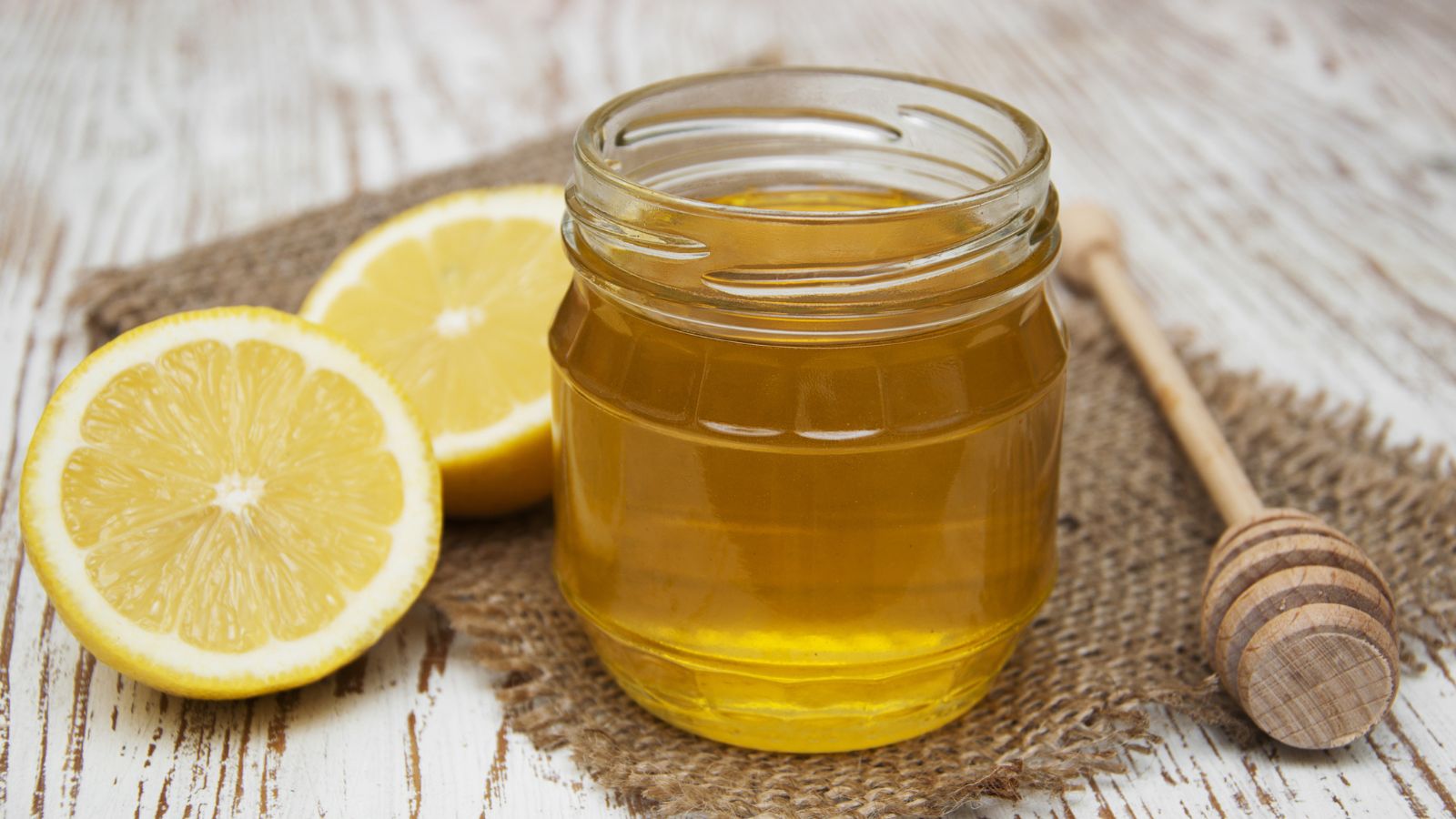
Raw honey can contain Clostridium botulinum spores. These can cause botulism, a rare but serious illness with symptoms like muscle weakness and paralysis. While adults can usually handle these spores, infants and those with weakened immune systems are at risk. It’s safer to avoid raw honey in these cases and use pasteurized honey instead.
Parsnips
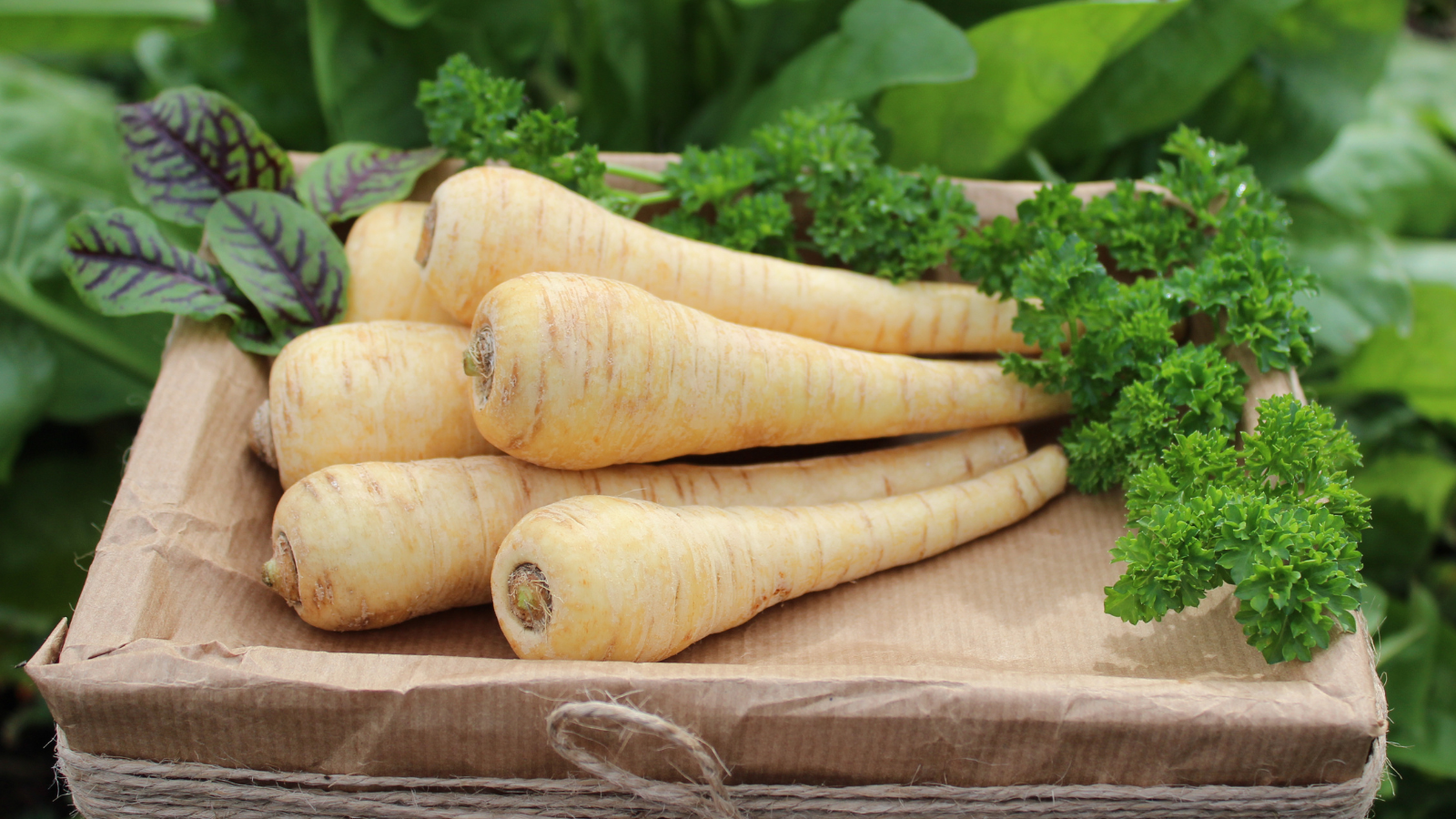
Raw parsnips contain natural toxins called furocoumarins, which can cause skin irritation and digestive problems like nausea. Since cooking parsnips reduces these toxins, it’s best to always cook them before incorporating them into meals to ensure safety and enjoy their sweet, nutty flavor without any risk.
Shellfish
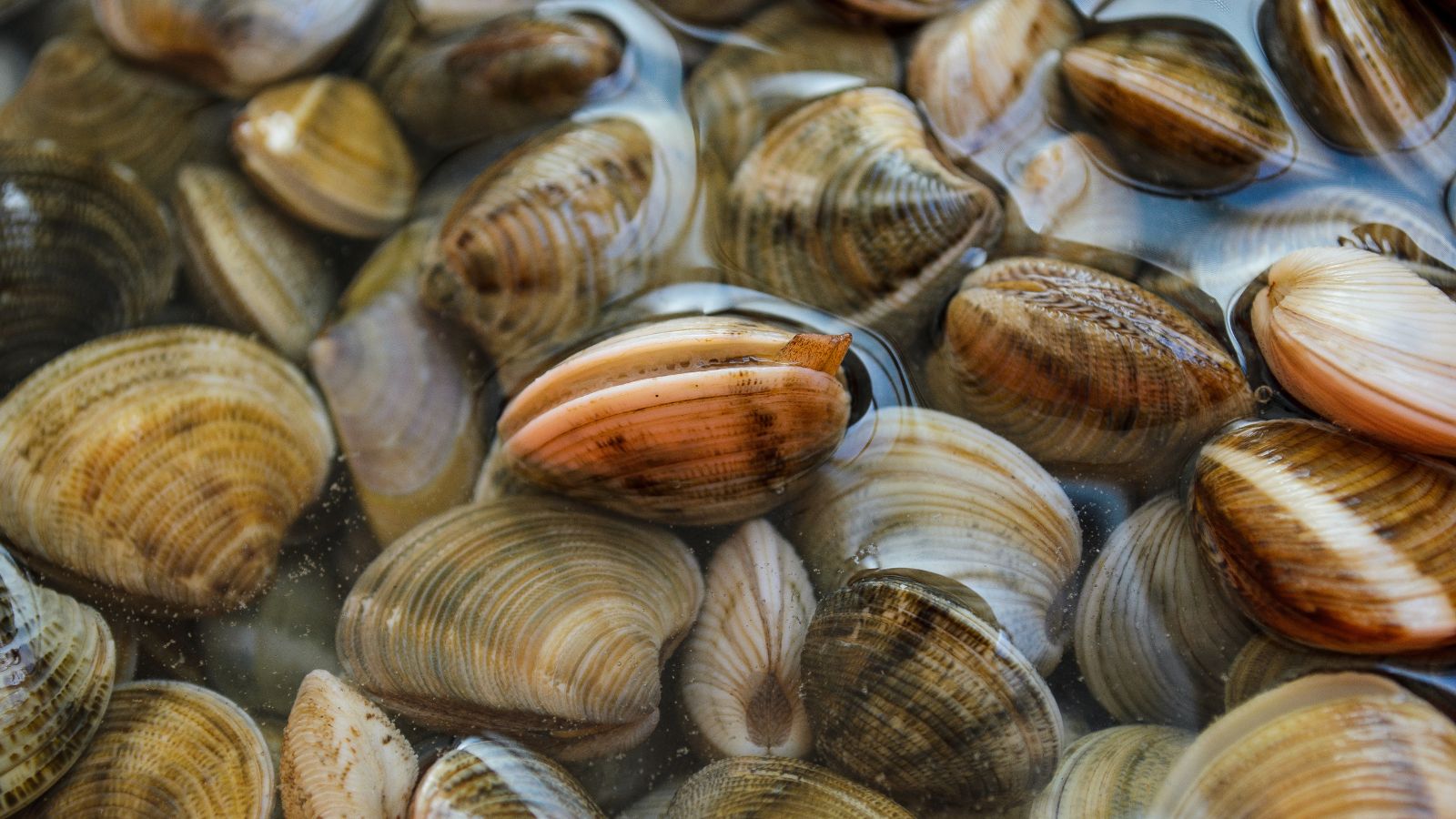
Raw shellfish, like oysters and clams, can harbor bacteria and viruses that cause foodborne illness, including norovirus and Vibrio infections. Cooking shellfish kills these pathogens, so you should always ensure shellfish are properly cooked before consumption to avoid severe gastrointestinal symptoms and other health issues.
Tofu
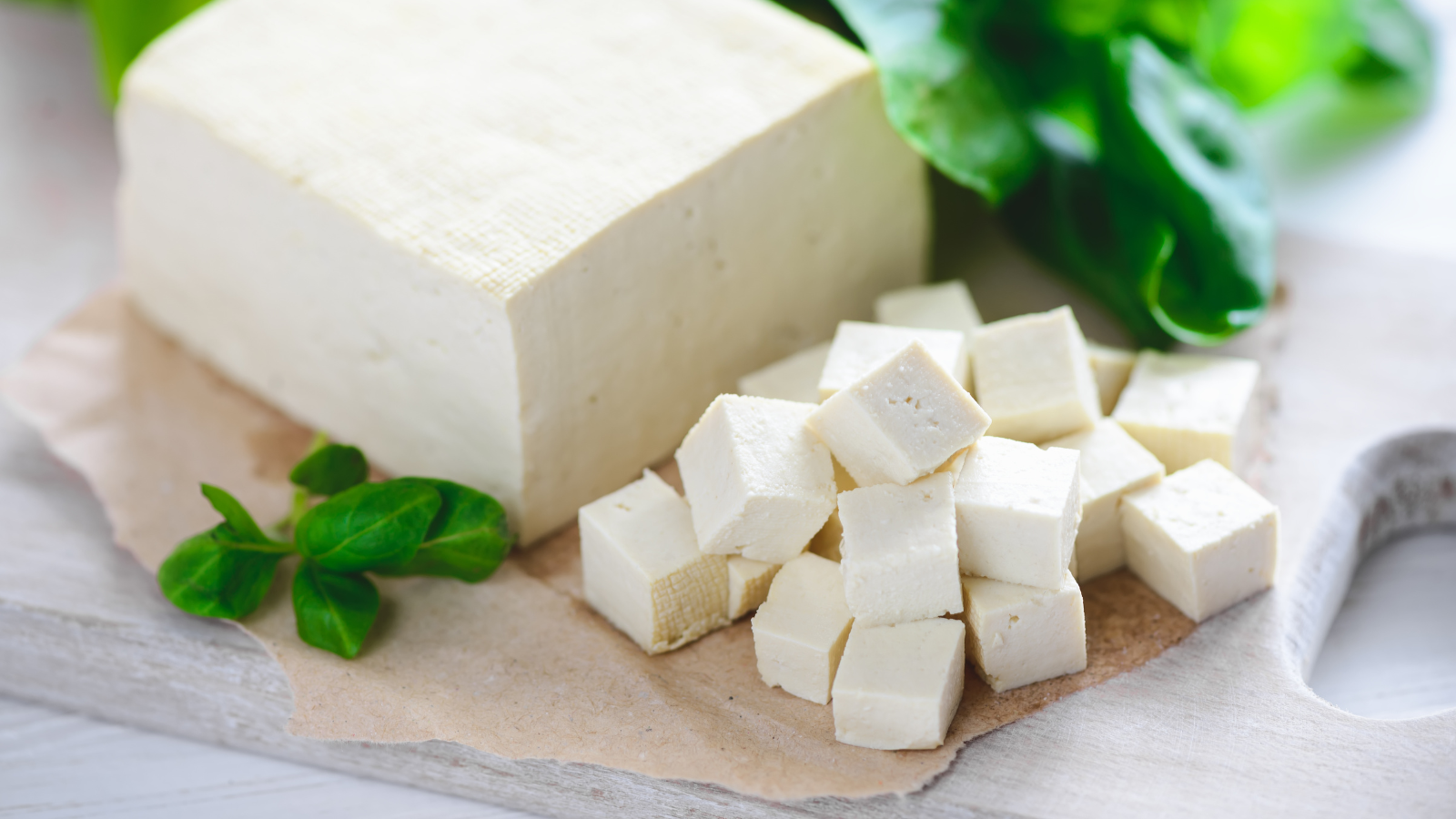
Raw tofu can also contain harmful bacteria, especially if it has not been stored properly. Cooking kills the bacteria present, making it safer to eat. Incorporate cooked tofu into your meals to avoid the risks associated with raw tofu, such as foodborne illness with symptoms like stomach cramps and diarrhea.
Up Next: 17 Things Most People Forget After Someone Dies

When a person dies, it’s easy for their partner or family members to overlook things while they process shock and grief. Despite the pain of losing a loved family member, it’s important to remember to organize these 17 things to prevent problems later on.
17 Things Most People Forget After Someone Dies
17 Phrases Confident People Use to Stand Up For Themselves

Confidence is a healthy and attractive trait that helps us stand firm in our values and set healthy boundaries. We can always become more confident, and learning the right ways to stand up for yourself is a great way to start. Here are 17 phrases you can use to do so.
17 Phrases Confident People Use to Stand Up For Themselves
20 Signs Someone Is Only Pretending to Care

Whether it’s to avoid hurting your feelings or if it’s part of a more elaborate plan to deceive you for benefits, people pretend for many reasons. The main theme with them, though, is that their actions never match the sugar-coated words that come out of their mouths. So that you don’t fall for someone like this, we’ve compiled 20 signs for you to look out for.
